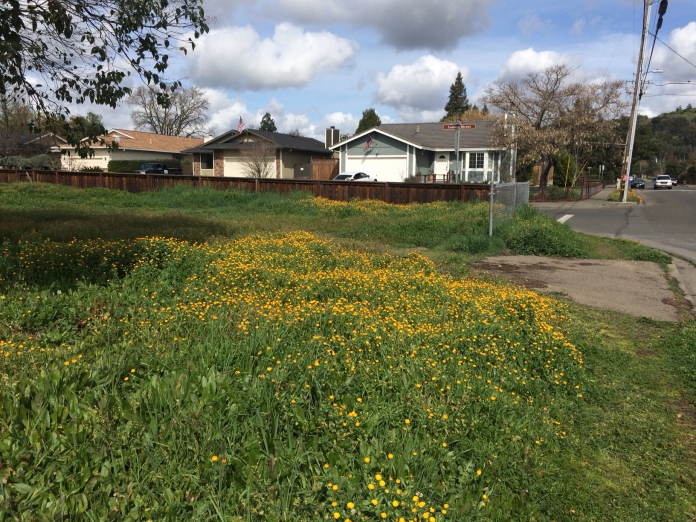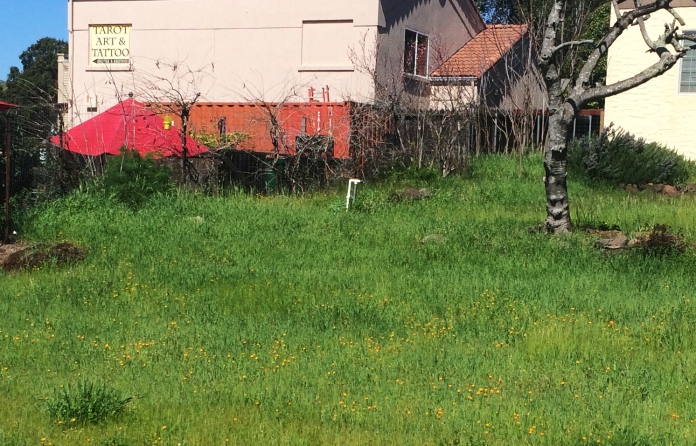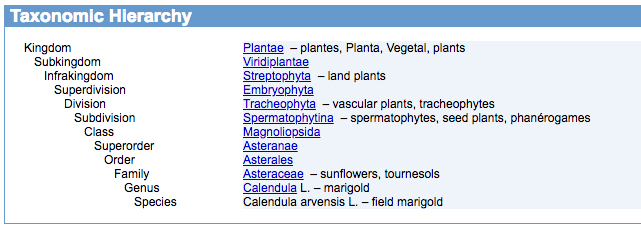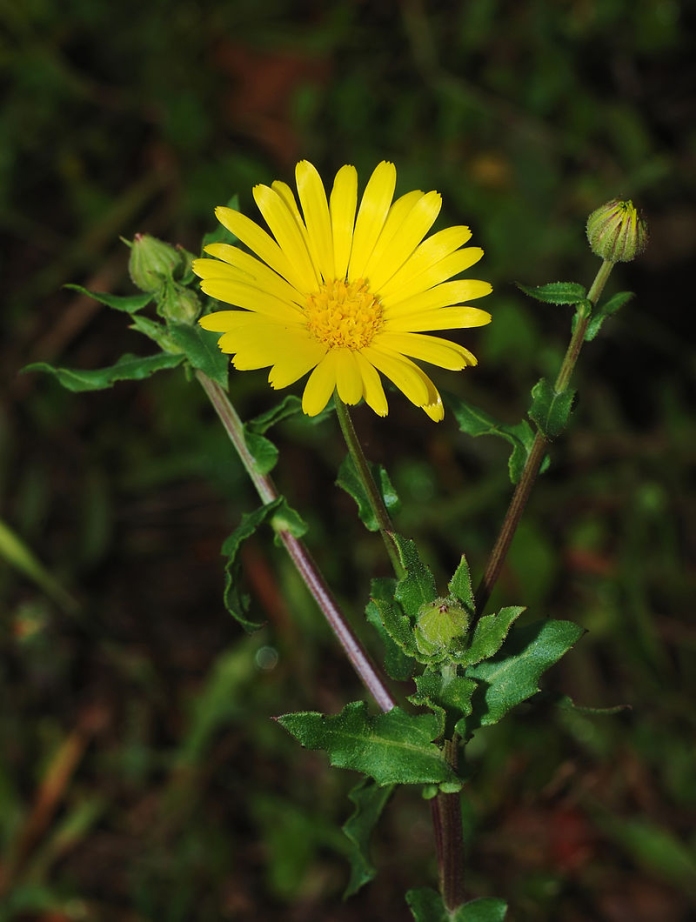UPDATE!

Medicinal Calendula has hit the mainstream (Rite Aid.)
Very early spring 2018, the little calendula are filling many of the open spaces in Sonoma Valley. Some folks think it’s a weed, others love it.

Fifth Street West, Sonoma

Central Ave. Boyes Hot Springs

Central Ave. Boyes Hot Springs

Photo by author
Is it a weed?
“Calendula (probably arvensis, but there is a larger flowered officianalis) is listed on Cal Flora as non-native to our area but not invasive. So it depends on your definition of a weed: any non-native, or the ones that most upset biodiversity? I don’t mind them; they’re pretty and have some medicinal uses. Since they tend to grow in disturbed and/or agricultural areas, no one knows for certain what grew there in the first place, so planting something else with the goal of restoration would involve some guesswork.” Hannah Aclufi via Facebook
According to Wikipedia:
A weed is a plant considered undesirable in a particular situation, “a plant in the wrong place”.
Examples commonly are plants unwanted in human-controlled settings, such as farm fields, gardens, lawns, and parks. Taxonomically, the term “weed” has no botanical significance, because a plant that is a weed in one context is not a weed when growing in a situation where it is in fact wanted, and where one species of plant is a valuable crop plant, another species in the same genus might be a serious weed, such as a wild bramble growing among cultivated loganberries. In the same way, volunteer crops (plants) are regarded as weeds in a subsequent crop.
Many plants that people widely regard as weeds also are intentionally grown in gardens and other cultivated settings, in which case they are sometimes called beneficial weeds.
These little plants tend to inhabit waste spaces, roadsides, and untended open fields. They will grow in gardens, but are easily removed and are not aggressively spreading, like oxalis or dandelions.
So there can be a differing of opinion.
The term weed also is applied to any plant that grows or reproduces aggressively, or is invasive outside its native habitat.[1] More broadly “weed” occasionally is applied pejoratively to species outside the plant kingdom, species that can survive in diverse environments and reproduce quickly; in this sense it has even been applied to humans.[2]
So, let’s not get up on our high horses when deciding what is a weed or what isn’t. Humans are a weed species, but there are some benefits to our existence!

Fifth Street West, Sonoma
Calendula have medicinal uses as a remedy for skin problems as well as an anti-inflammatory.

And, on a taxinomical note:

From the Integrated Taxonomic Information System on-line database, http://www.itis.gov
“There is a lot of magic in the naming of things. It is my contention that the more we know about nature’s secrets, the more we can enjoy it. Simply being able to call the elements of nature by their proper names helps us to experience them and allows their beauty to unfold…” Obi Kaufmann, The California Field Atlas.
“I find the Latin names for the plants as beautiful as the plants themselves … “ Wyethia Angustifolia (Hannah Aclufi) https://viridiplantae.com/about/

Beautiful bar-oak tree. Keep ’em coming Mike.
LikeLike
Beautiful bar-oak tree. Keep ’em coming Mike.
LikeLike